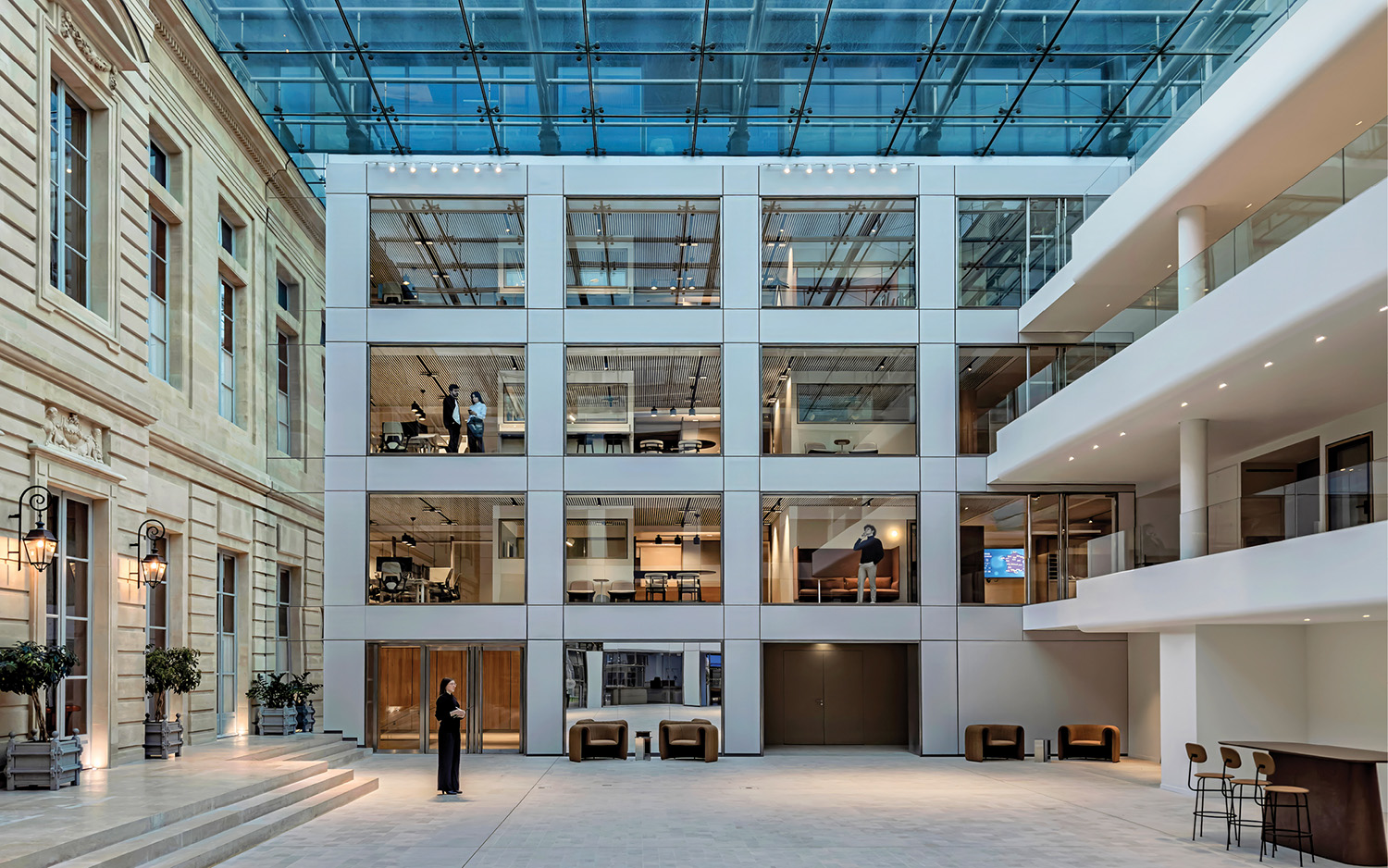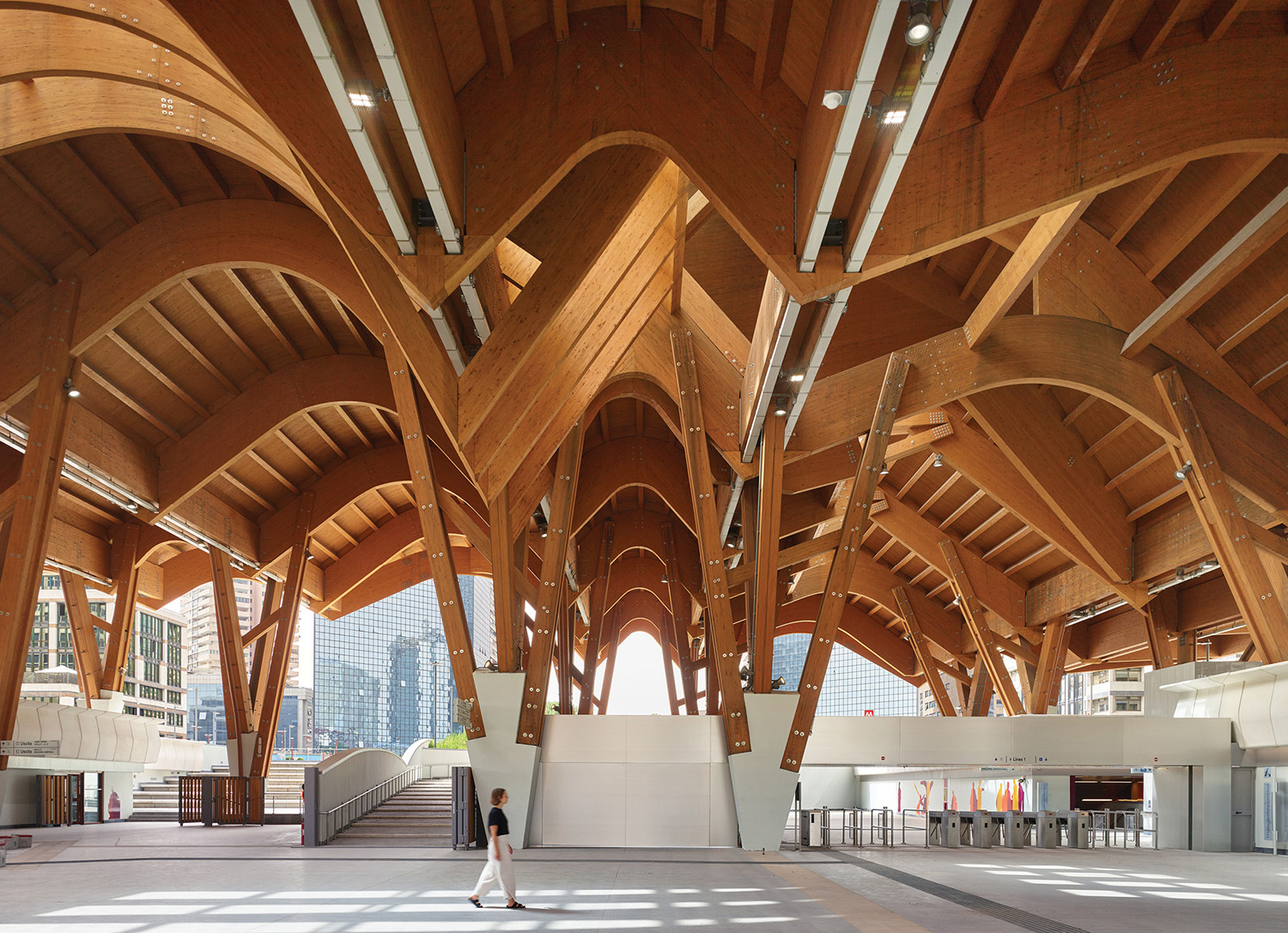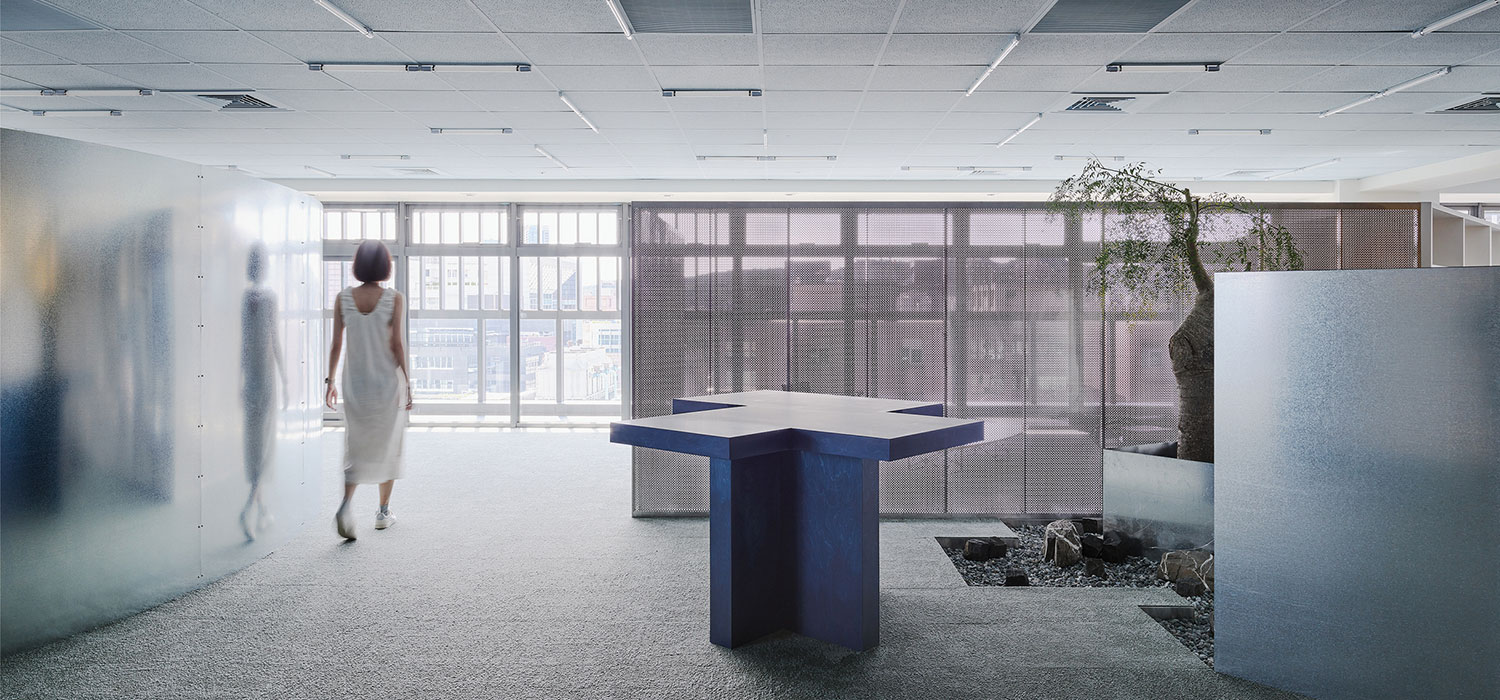5 Simply Amazing Italian Residences
Five contemporary Italian residences with tradition at the helm.
1. Sergio Fiorentino’s Home by +CStudio Architetti


Artist and sculptor Sergio Fiorentino enlisted +CStudio Architetti principal Massimo Carnemolla to design his Noto live-work space—a stunning study in simplicity. With no barriers dividing the living and working zones, Carnemolla installed a 175-square-foot sleeping loft, complete with credenza, wall-mounted cabinets, armchairs, and colorful 1950’s pendant fixtures.
2. Duplex Apartment by Tissellistudioarchitetti


Tissellistudioarchitetti’s Filippo Tisselli brightened this Cesana duplex by removing nonstructural walls, adding new doorways, and inserting a skylight. There’s not a conventional door or armoire to be found—rather, a system of white-lacquered cedar cylinder panels slide to reveal shelves, appliances, counter space, and storage.
3. Live-Work Space by Antonio Giuseppe Martiniello
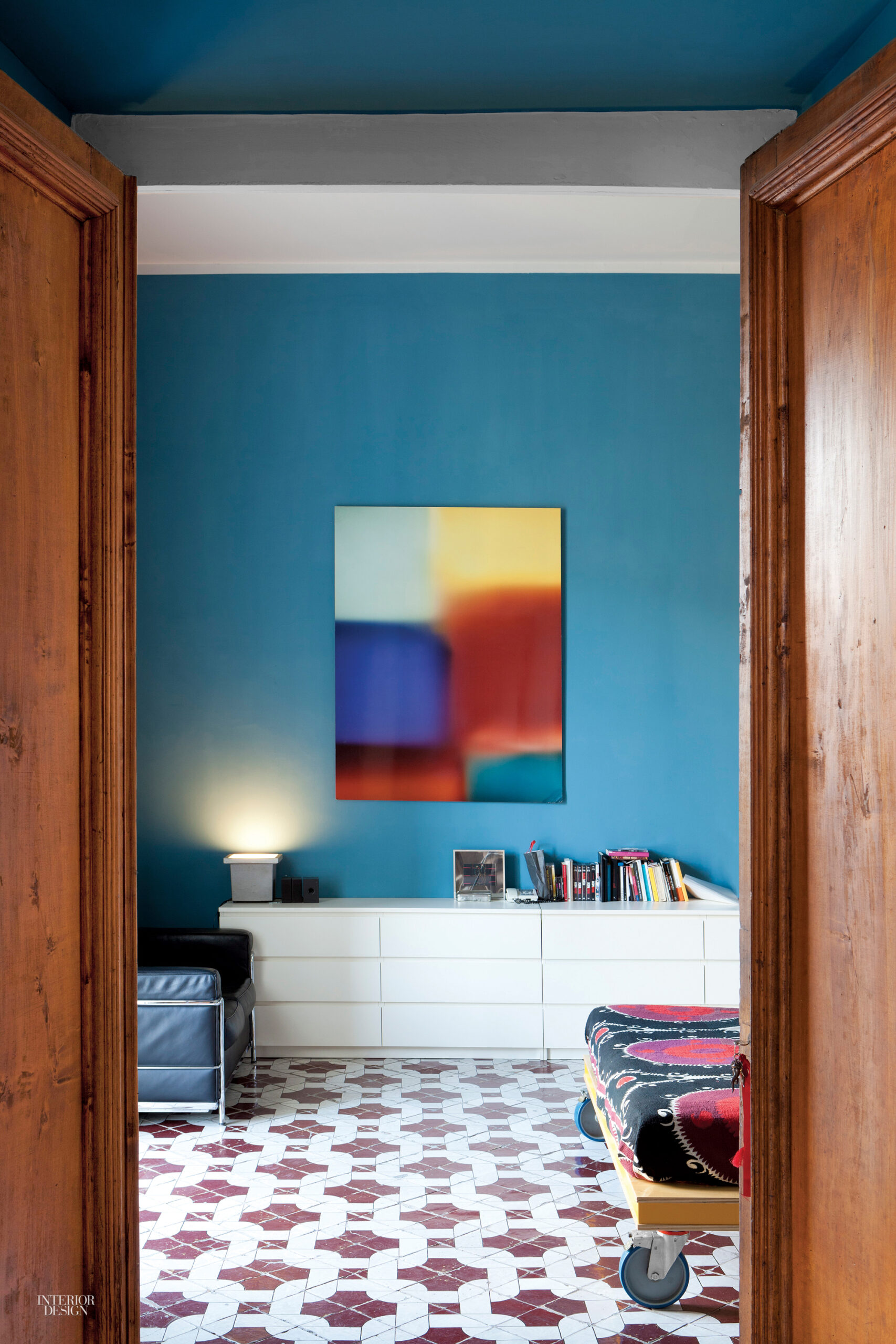

In the heart of Naples, Antonio Giuseppe Martiniello created a live-work sanctuary in true Italian fashion by mixing old and new. He restored a third-floor apartment, abandoned for 80 years, and gave extra care to preserve its original materials. It’s now divided in two parts—two-thirds for living and one-third for work, with some overlap. Rooms off the main entrance are designated for Keller staff and clientele, with spaces off a second foyer serving as live-in areas for Martiniello.
4. Swiss Alps Vacation Home by Wespi de Meuron Romeo Architetti
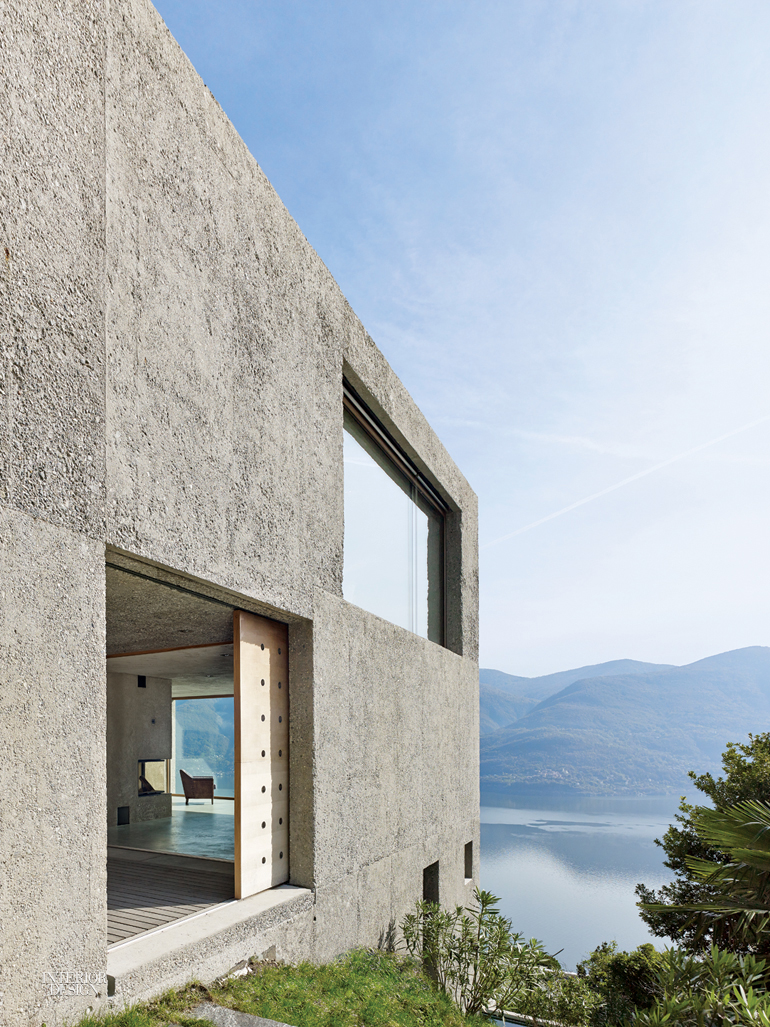

Wespi de Meuron Romeo designed a cascading four-level vacation home, formed entirely in concrete, that overlooks Lake Maggiore and the Swiss Alps. “Our houses relate to the hilly Ticino region’s traditional architectural language, which is old stone,” Jérôme de Meuron said. “The concrete would have the same rough character.” The 2,000-square-foot abode is rich in indoor-outdoor connections, boasting floor-to-ceiling windows and enormous doors throughout.
5. Rome Apartment by Achille Salvagni Architetti

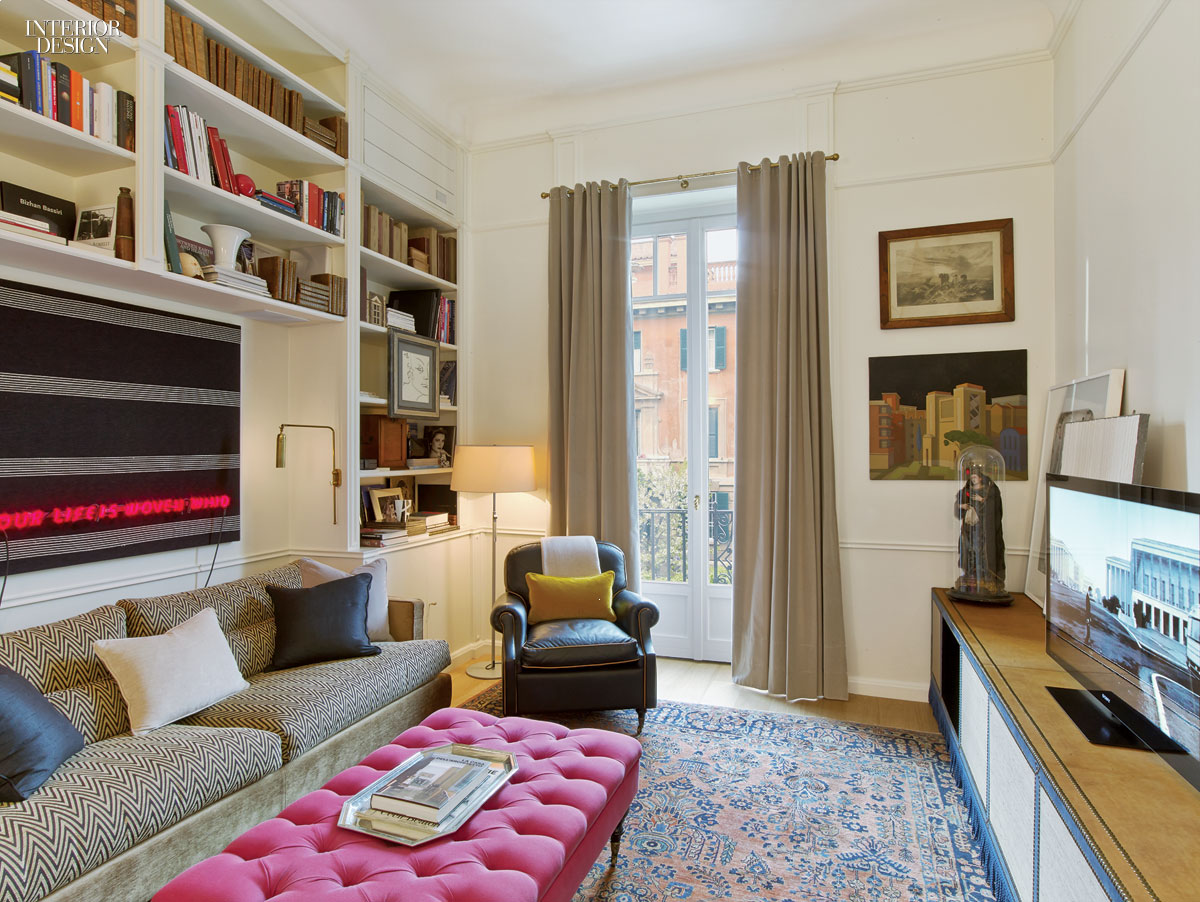
To fit his growing family, architect Achille Salvagni needed to upsize. He eventually found an 1868 building in Quartiere Coppedè, a neighborhood renowned for its art nouveau architecture. For decor and artwork, Salvagni chose bold and eclectic. “Things don’t necessarily have to match in terms of style and era,” he says. “If a piece is beautifully proportioned, it automatically looks good with another object of beauty.” With that said, he outfitted the space with vintage furnishings that contrast with his own collection’s more modern pieces.
